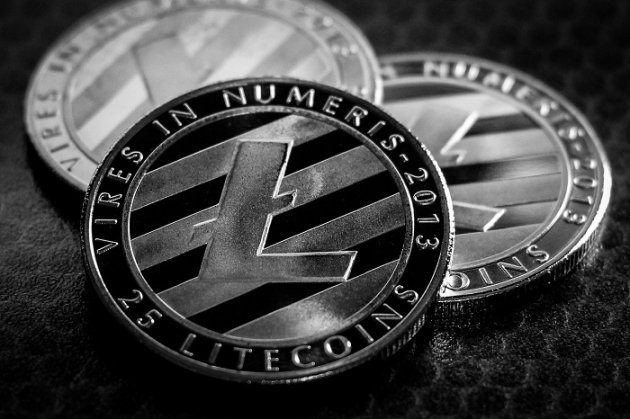As one of the oldest and most well-known cryptocurrencies in existence, Litecoin has been a popular choice for both investors and users alike. However, as the number of users and transactions on the Litecoin network has grown, the need for scalable solutions has become increasingly important. In response, Litecoin has implemented several solutions, including Segregated Witness (SegWit) and the Lightning Network. You may visit this site if you want to get additional information about crypto trading. In this article, we will explore these solutions and their impact on the scalability of the Litecoin network.

Table of Contents
Segregated Witness (SegWit)
One of the most significant scalability solutions implemented by Litecoin is Segregated Witness (SegWit). SegWit was first introduced in 2015 as a solution to the scaling problem that Bitcoin was facing at the time. It was later adopted by Litecoin in May 2017, becoming the first major cryptocurrency to implement SegWit.
What is SegWit?
SegWit is a soft fork that increases the block size limit of a blockchain without increasing the block size itself. Instead, it separates the signature data (witness data) from the transaction data, allowing more transactions to be processed within a single block. This separation not only increases the number of transactions that can be processed but also reduces the size of each transaction, thus lowering transaction fees.
Impact on Litecoin
The implementation of SegWit has had a significant impact on the scalability of the Litecoin network. With SegWit, the block size limit of Litecoin was increased from 1MB to 4 MB. This increase has allowed more transactions to be processed per block, reducing the backlog of unconfirmed transactions and speeding up transaction times. Additionally, SegWit has reduced the cost of transactions, making Litecoin more accessible to a wider audience.
Lightning Network
Another scalability solution that has been implemented by Litecoin is the Lightning Network. The Lightning Network is a second-layer protocol that allows for faster and cheaper transactions, as well as micropayments, without the need for on-chain transactions.
What is the Lightning Network?
The Lightning Network is a decentralized network of payment channels that allows users to make transactions without having to record them on the blockchain. Instead, users create payment channels between themselves, and transactions are processed off-chain. This means that transactions are faster and cheaper, as they do not need to be processed by every node on the network.
Impact on Litecoin
The implementation of the Lightning Network has had a significant impact on the scalability of the Litecoin network. With the Lightning Network, transactions can be processed instantly, and transaction fees are significantly reduced. This is particularly beneficial for micropayments, which would be uneconomical on-chain due to high transaction fees.
The Lightning Network has also increased the overall capacity of the Litecoin network. The Lightning Network can handle a significantly larger number of transactions per second than the on-chain protocol. This increase in capacity is essential for the future growth of Litecoin, as it allows for more users and more transactions.
In addition to SegWit and the Lightning Network, Litecoin has also implemented other scalability solutions. One such solution is the adoption of the MWEB (Mimblewimble Extension Block) protocol, which provides a privacy-enhancing feature to the Litecoin network. MWEB allows for confidential transactions, which conceal the amount of Litecoin being sent in a transaction, making it more difficult for third parties to track or identify transactions.
Another solution is the implementation of Schnorr signatures. Schnorr signatures allow for multiple signatures to be combined into a single signature, reducing the size of transactions and increasing the efficiency of the network. This has the potential to significantly reduce transaction fees and further increase the capacity of the Litecoin network.
It’s worth noting that while these solutions have significantly improved the scalability of the Litecoin network, they are not without limitations. For example, the Lightning Network is still in its early stages and has some technical limitations that need to be addressed. However, as the development of these solutions continues, we can expect to see even more scalable and efficient solutions in the future.
Conclusion
The implementation of SegWit and the Lightning Network has had a significant impact on the scalability of the Litecoin network. With SegWit, more transactions can be processed per block, reducing transaction fees and increasing accessibility. With the Lightning Network, transactions can be processed instantly and cheaply, and the overall capacity of the Litecoin network has increased significantly.
As the demand for cryptocurrency continues to grow, scalability solutions will become increasingly important. The implementation of SegWit and the Lightning Network has demonstrated Litecoin’s commitment to ensuring that the network can handle increased demand, making it a more accessible and efficient cryptocurrency for users and investors alike.




